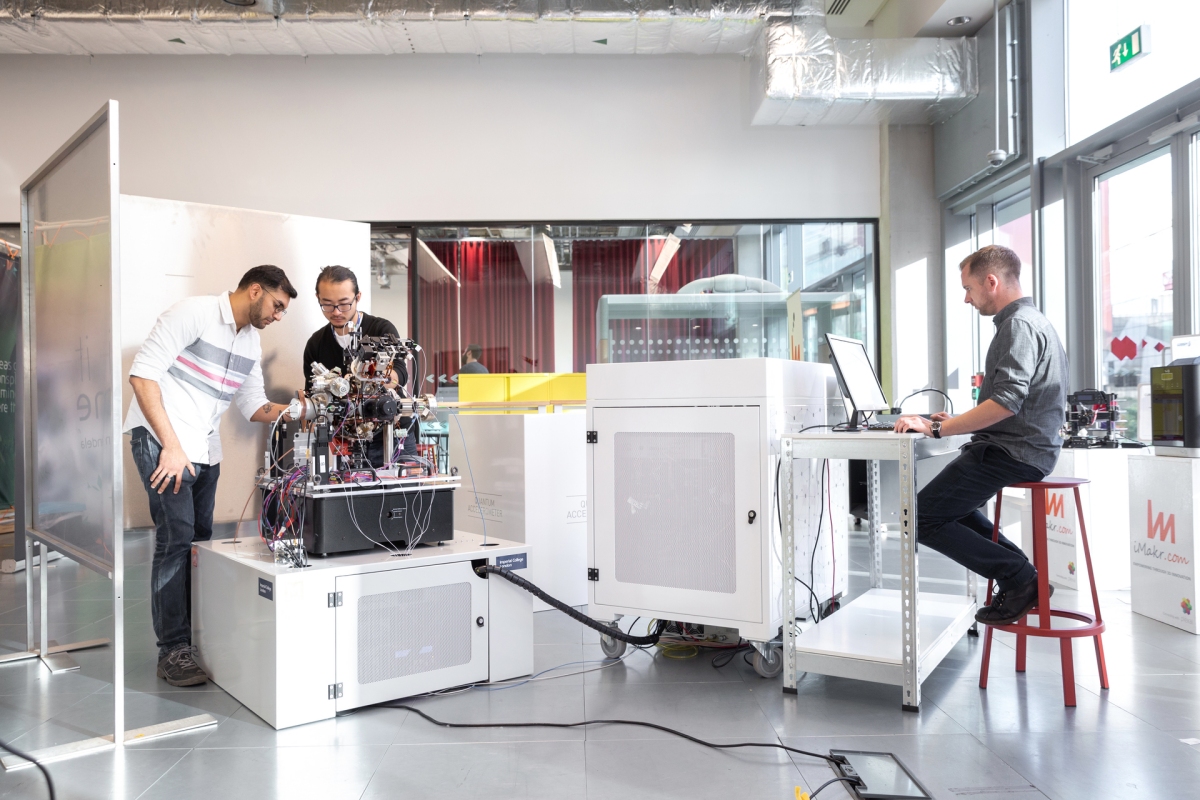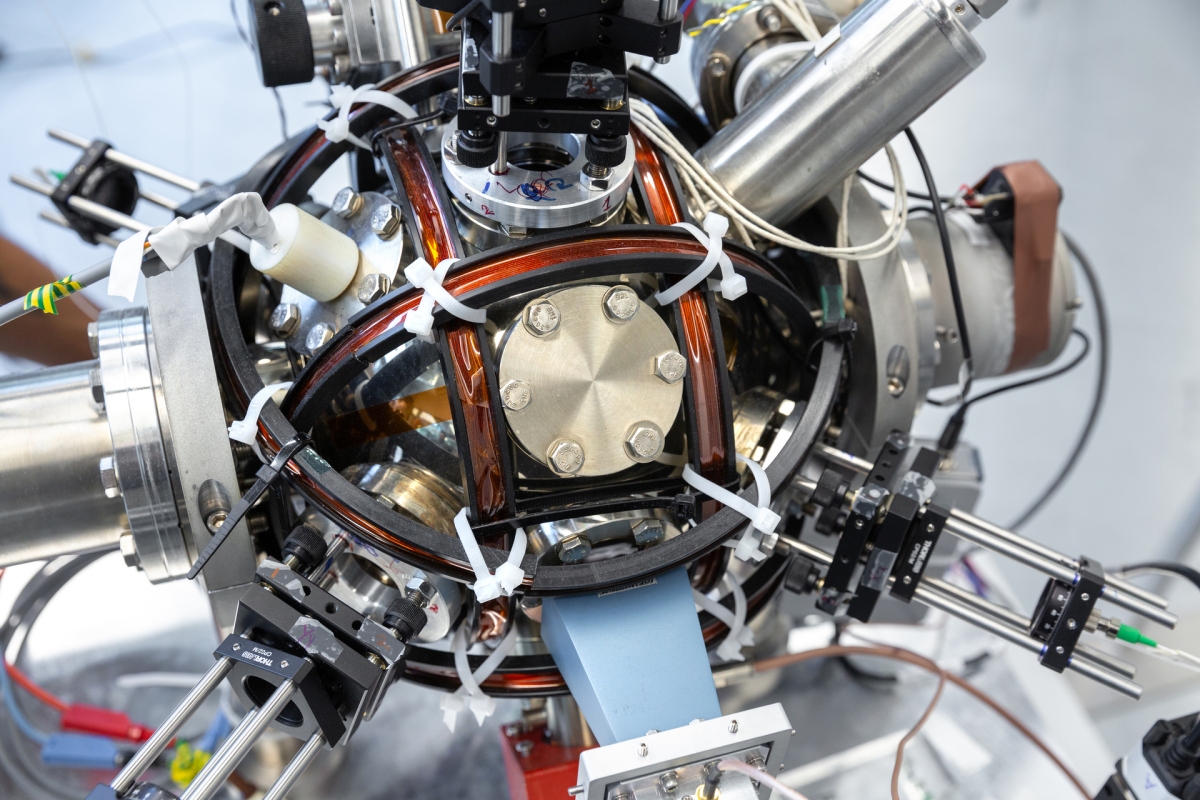The big picture: It's never a good idea to have all of your eggs in one basket. By developing a reliable backup solution, mission critical operations could still be carried out in a worst case scenario. Researchers say the tech can also be used in the search for dark matter and gravitational waves.

Researchers at Imperial College London in collaboration with scientists at quantum technology company M Squared have developed a transportable, standalone quantum accelerometer that could be used in place of traditional global navigation satellite systems (GNSS).
Such systems rely on signals from satellites orbiting Earth to provide vital navigation data. These systems aren’t perfect, however, as their signals can be obstructed by tall buildings and can be intentionally jammed or even imitated. For critical missions, any significant downtime could be disastrous.

An accelerometer is an instrument that measures how an object’s acceleration changes over time. This data can be used to determine a vehicle’s position for navigation purposes. The problem, however, is that you need an extremely precise and reliable accelerometer to pull this off. Traditional accelerometers simply aren’t accurate enough and over time, their error rate compounds, making them useless for navigation without an external reference.
The quantum accelerometer uses powerful lasers to supercool atoms. When extremely chilly, the atoms exhibit “quantum” properties. As they fall, their acceleration can be measured using an “optical ruler” that is extremely accurate, thus providing navigation data without relying on external signals.
Professor Ed Hinds from the Center for Cold Matter at Imperial College London said it’s tremendously exciting that this quantum technology is now moving out of the basic science lab and being applied to problems in the wider world.
The team’s quantum accelerometer is rather large in comparison to tradition navigation equipment, thus making it a better fit for large vehicles like trains and ships for now.